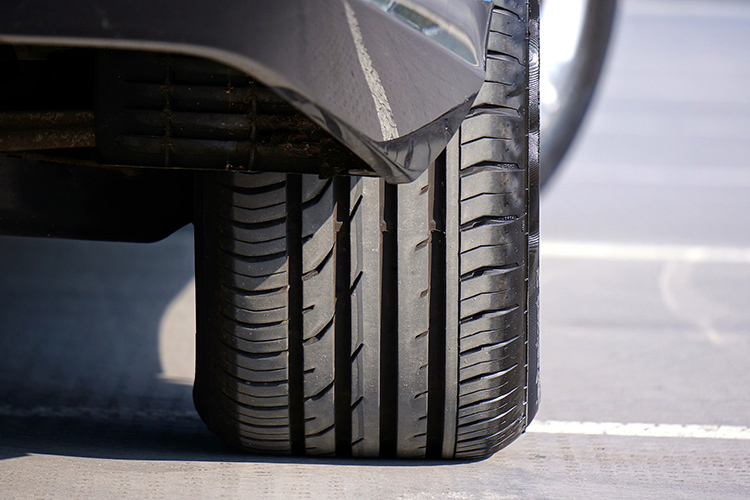
There is a viral video going around on how new tyres can actually be expired tyres and, therefore, be dangerous to fit on a car.
How true is this?
If so, how serious are the consequences?
While the video is an illustration of an extreme situation, it is nonetheless important to be aware that tyres deteriorate over time – even when it is new and unused.
The rubber compound used in tyres experiences gradual, natural degradation.
This phenomenon continues whether or not the tyres are fitted to a vehicle that is in regular use.
Hence, even brand new tyres that are shelved in a warehouse or tyre retailer’s store will deteriorate over time.
After several years on the shelf, the changing characteristics of the compound will cause the rubber to lose its pliability.
Tiny cracks will also begin to form.
When such expired tyres are fitted to a vehicle, the compound’s diminished integrity and flexibility will, in most cases, lead to sudden side-wall failure or tread delamination – layers of rubber peeling off when rolling.
However, it would take some four years or more before any tyre begins to develop such a change in its characteristics and would then be deemed as expired tyres.
Most tyre shops would not hold on to stock for that long.
On the other hand, you may come across someone who has kept a set of branded tyres, but no longer has a need for them.
In such instances, you must check their age as they might be expired tyres.
You can also verify the tyre’s age by looking for a four-digit mark on the side-wall.
You will find it on every tyre and it identifies the week and year of its manufacture.
For example, “4717” means it was produced on the 47th week of the year 2017.
How do tyres work? This article explains it all!












